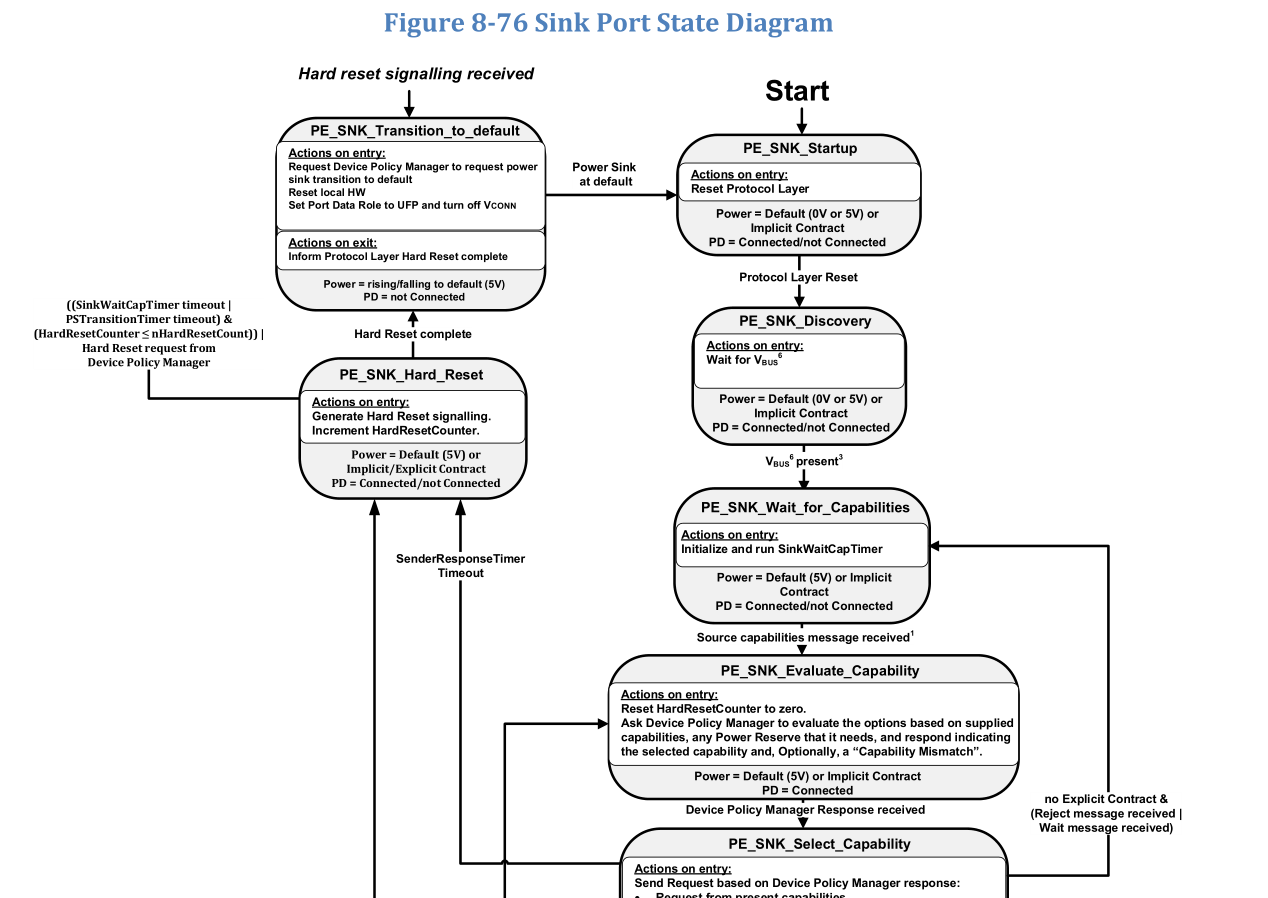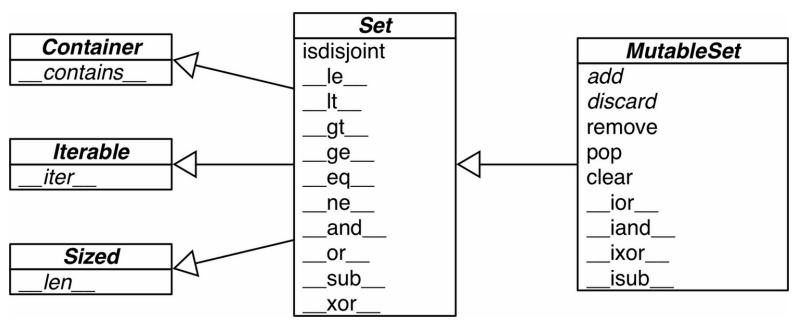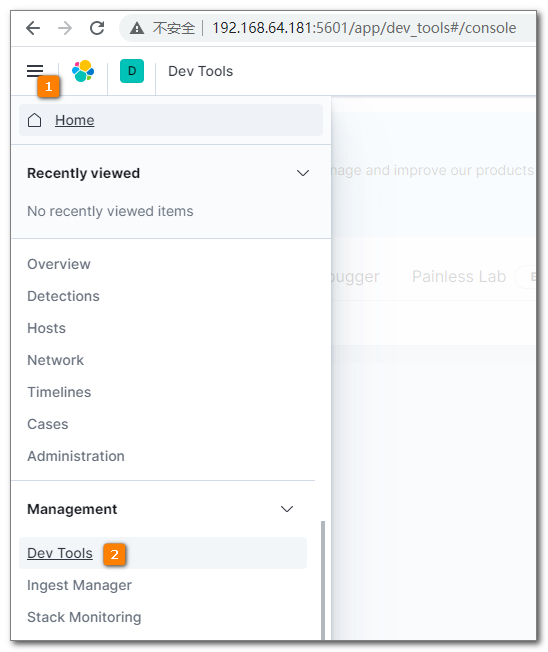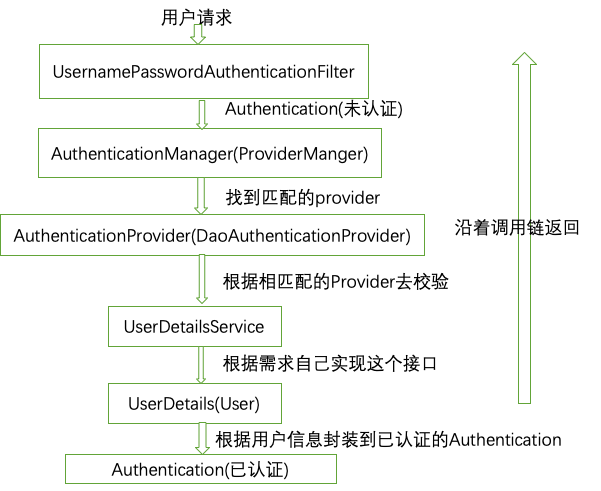Python爬虫BS4库的解析器正确使用方法
bs4库之所以能快速的定位我们想要的元素,是因为他能够用一种方式将html文件解析了一遍 ,不同的解析器有不同的效果。下文将一一进行介绍。
bs4解析器的选择
网络爬虫的最终目的就是过滤选取网络信息,最重要的部分可以说是解析器。解析器的优劣决定了爬虫的速度和效率。bs4库除了支持我们上文用过的‘html.parser’解析器外,还支持很多第三方的解析器,下面我们来对他们进行对比分析。
bs4库官方推荐我们使用的是lxml解析器,原因是它具有更高的效率,所以我们也将采用lxml解析器。
PS注意:很多人学Python过程中会遇到各种烦恼问题,没有人解答容易放弃。为此小编建了个Python全栈免费答疑.裙 :七衣衣九七七巴而五(数字的谐音)转换下可以找到了,不懂的问题有老司机解决里面还有最新Python实战教程免非下,,一起相互监督共同进步!
lxml解析器的安装:
- 依旧采用pip安装工具来安装:
$ pip install lxml
注意,由于我用的是unix类系统,用pip工具十分的方便,但是如果在windows下安装,总是会出现这样或者那样的问题,这里推荐win用户去lxml官方,下载安装包,来安装适合自己系统版本的lxml解析器。
使用lxml解析器来解释网页
我们依旧以上一篇的 爱丽丝文档 为例子
html_doc = """<html><head><title>The Dormouse's story</title></head><body><p class="title"><b>The Dormouse's story</b></p><p class="story">Once upon a time there were three little sisters; and their names were<a href="http://example.com/elsie" class="sister" id="link1">Elsie</a>,<a href="http://example.com/lacie" class="sister" id="link2">Lacie</a> and<a href="http://example.com/tillie" class="sister" id="link3">Tillie</a>;and they lived at the bottom of a well.</p><p class="story">...</p>"""
试一下吧:
import bs4#首先我们先将html文件已lxml的方式做成一锅汤soup = bs4.BeautifulSoup(open('Beautiful Soup 爬虫/demo.html'),'lxml')#我们把结果输出一下,是一个很清晰的树形结构。#print(soup.prettify())'''OUT:<html><head><title>The Dormouse's story</title></head><body><p class="title"><b>The Dormouse's story</b></p><p class="story">Once upon a time there were three little sisters; and their names were<a class="sister" href="http://example.com/elsie" id="link1">Elsie</a>,<a class="sister" href="http://example.com/lacie" id="link2">Lacie</a>and<a class="sister" href="http://example.com/tillie" id="link3">Tillie</a>;and they lived at the bottom of a well.</p><p class="story">...</p></body></html>'''
如何具体的使用?
bs4 库首先将传入的字符串或文件句柄转换为 Unicode的类型,这样,我们在抓取中文信息的时候,就不会有很麻烦的编码问题了。当然,有一些生僻的编码 如:‘big5’,就需要我们手动设置编码:
soup = BeautifulSoup(markup, from_encoding=”编码方式”)
对象的种类:
bs4 库将复杂的html文档转化为一个复杂的树形结构,每个节点都是Python对象 ,所有对象可以分为以下四个类型:Tag , NavigableString , BeautifulSoup , Comment
我们来逐一解释:
Tag: 和html中的Tag基本没有区别,可以简单上手使用
NavigableString: 被包裹在tag内的字符串
BeautifulSoup: 表示一个文档的全部内容,大部分的时候可以吧他看做一个tag对象,支持遍历文档树和搜索文档树方法。
Comment:这是一个特殊的NavigableSting对象,在出现在html文档中时,会以特殊的格式输出,比如注释类型。
搜索文档树的最简单的方法就是搜索你想获取tag的的name:
soup.head# <head><title>The Dormouse's story</title></head>soup.title# <title>The Dormouse's story</title>
如果你还想更深入的获得更小的tag:例如我们想找到body下的被b标签包裹的部分
soup.body.b# <b>The Dormouse's story</b>
但是这个方法只能找到按顺序第一个出现的tag
获取所有的标签呢?
这个时候需要find_all()方法,他返回一个列表类型
tag=soup.find_all('a')# [<a class="sister" href="http://example.com/elsie" id="link1">Elsie</a>,# <a class="sister" href="http://example.com/lacie" id="link2">Lacie</a>,# <a class="sister" href="http://example.com/tillie" id="link3">Tillie</a>]#假设我们要找到a标签中的第二个元素:need = tag[1]#简单吧
tag的.contents属性可以将tag的子节点以列表的方式输出:
head_tag = soup.headhead_tag# <head><title>The Dormouse's story</title></head>head_tag.contents[<title>The Dormouse's story</title>]title_tag = head_tag.contents[0]print(title_tag)# <title>The Dormouse's story</title>title_tag.contents# [u'The Dormouse's story']
- 另外通过tag的 .children生成器,可以对tag的子节点进行循环:
for child in title_tag.children:print(child)# The Dormouse's story
- 这种方式只能遍历出子节点。如何遍历出子孙节点呢?
子孙节点:比如 head.contents 的子节点是
The Dormouse’s story ,这里 title本身也有子节点:‘The Dormouse‘s story’ 。这里的‘The Dormouse‘s story’也叫作head的子孙节点
for child in head_tag.descendants:print(child)# <title>The Dormouse's story</title># The Dormouse's story
如何找到tag下的所有的文本内容呢?
1、如果该tag只有一个子节点(NavigableString类型):直接使用tag.string就能找到。
2、如果tag有很多个子、孙节点,并且每个节点里都string:
我们可以用迭代的方式将其全部找出:
for string in soup.strings:print(repr(string))# u"The Dormouse's story"# u'\n\n'# u"The Dormouse's story"# u'\n\n'# u'Once upon a time there were three little sisters; and their names were\n'# u'Elsie'# u',\n'# u'Lacie'# u' and\n'# u'Tillie'# u';\nand they lived at the bottom of a well.'# u'\n\n'# u'...'# u'\n'好了,关于bs4库的基本使用,我们就先介绍到这。剩下来的部分:父节点、兄弟节点、回退和前进,都与上面从子节点找元素的过程差不多,总结很多人学Python过程中会遇到各种烦恼问题,没有人解答容易放弃。为此小编建了个Python全栈免费答疑.裙 :七衣衣九七七巴而五(数字的谐音)转换下可以找到了,不懂的问题有老司机解决里面还有最新Python实战教程免非下,,一起相互监督共同进步!本文的文字及图片来源于网络加上自己的想法,仅供学习、交流使用,不具有任何商业用途,版权归原作者所有,如有问题请及时联系我们以作处理。



































还没有评论,来说两句吧...